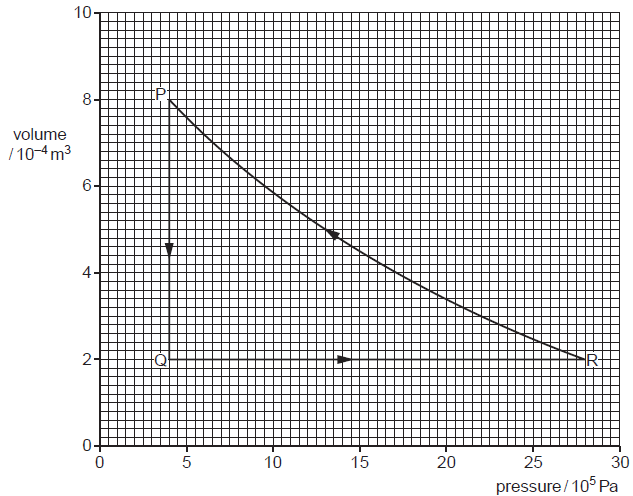- Messages
- 142
- Reaction score
- 135
- Points
- 53
I think you meant root mean square voltageView attachment 59839
Can someone explain to me how the 240 is the root mean square speed ? And why we have to multiply it by root of 2 ?
Well, the formula is usually Vrms=Vo/square root of 2
When the voltage of an alternating current is given without any other detail, it is assumed to be the Vrms.
And since you are comparing to a value that is a peak voltage(9.0V) you have to convert the 240 to peak value too.
So Vo=Vrms*square root 2
Hope I helped.




